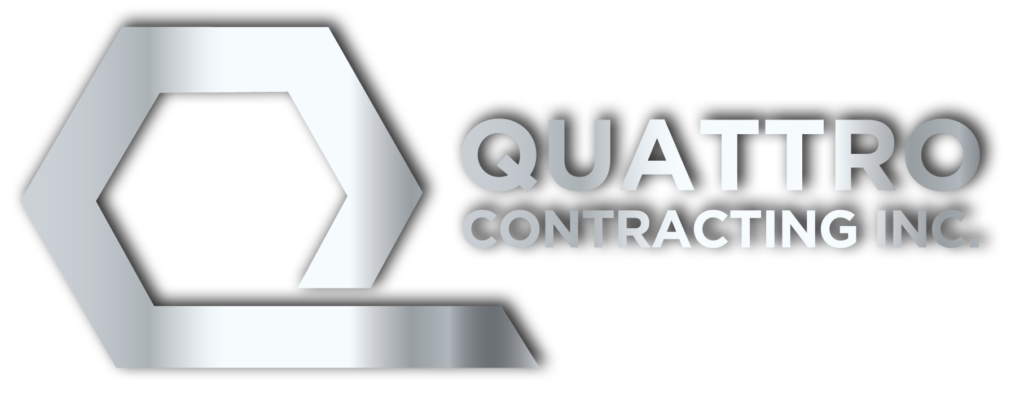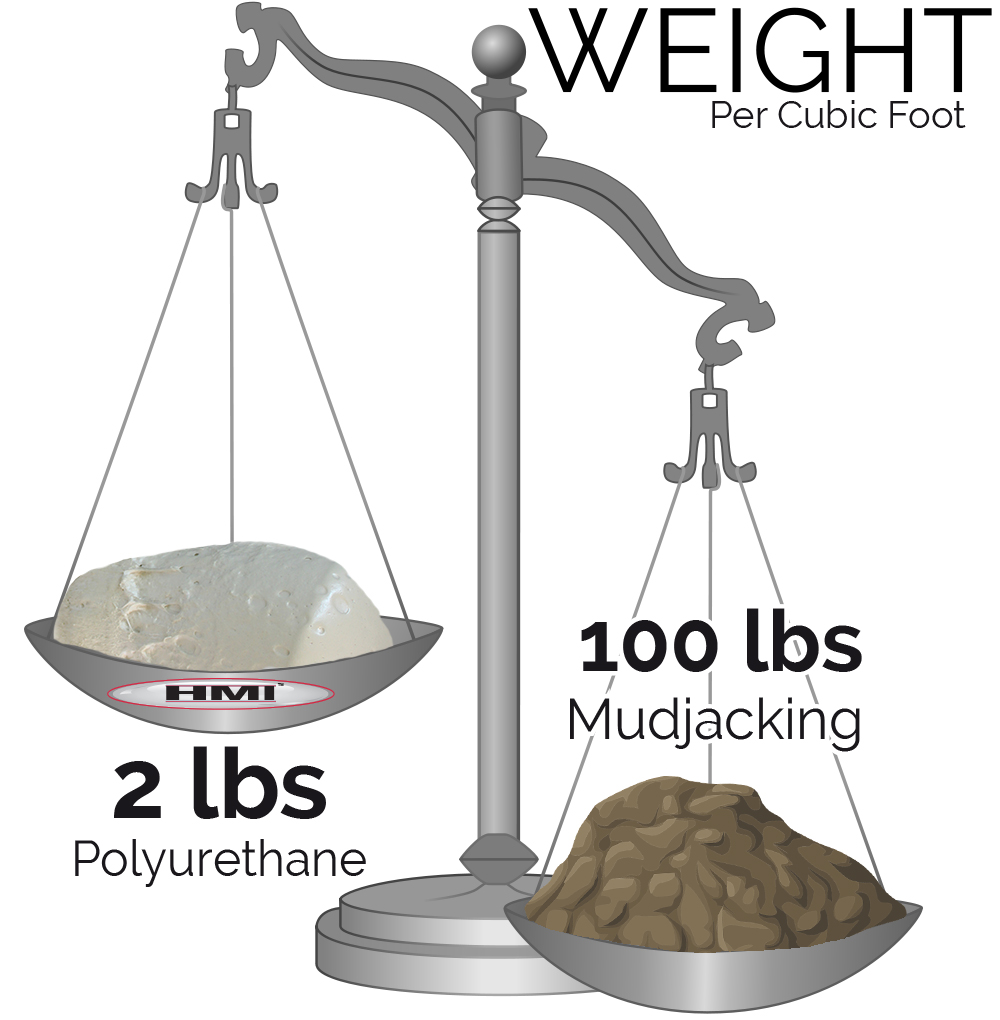
Polyurethane vs. Mudjacking
Mudjacking is a cheap method for slab raising. But it's affordability comes at a high price. The extreme weight of the material used in the process often causes resettling of slabs over time. With Polyurethane injection we drill small 5/8” holes - so small they could be covered with a dime - far smaller than the holes used for the traditional mudjacking method. We don't just drill smaller holes, but fewer of them as well. This means that once the job is done and the holes are filled they are practically invisible. We then inject light-weight polyurethane which expands to raise the slab back to level.
It's not just the weight but the wait!
Once we're done raising the concrete the area is not only clean but, thanks to polyurethane's 15 minute curing time, it's also ready to be put back into use immediately. That means you can park your car back in the driveway or sit and have a cold drink on your patio within minutes rather than days.
Our method is cost-effective, much lower weight, and less time-consuming. That means no lengthy work stoppages for commercial and industrial businesses that could wind up costing you more in the long run.
A Green Option!
The foam we use is environmentally friendly, largely made up of recycled materials and does not contain toxic chemicals. Not to mention raising your slab means it doesn't get torn out and sent to a landfill.
If you want an option that is affordable, quick, clean, and green then choose Polyurethane.
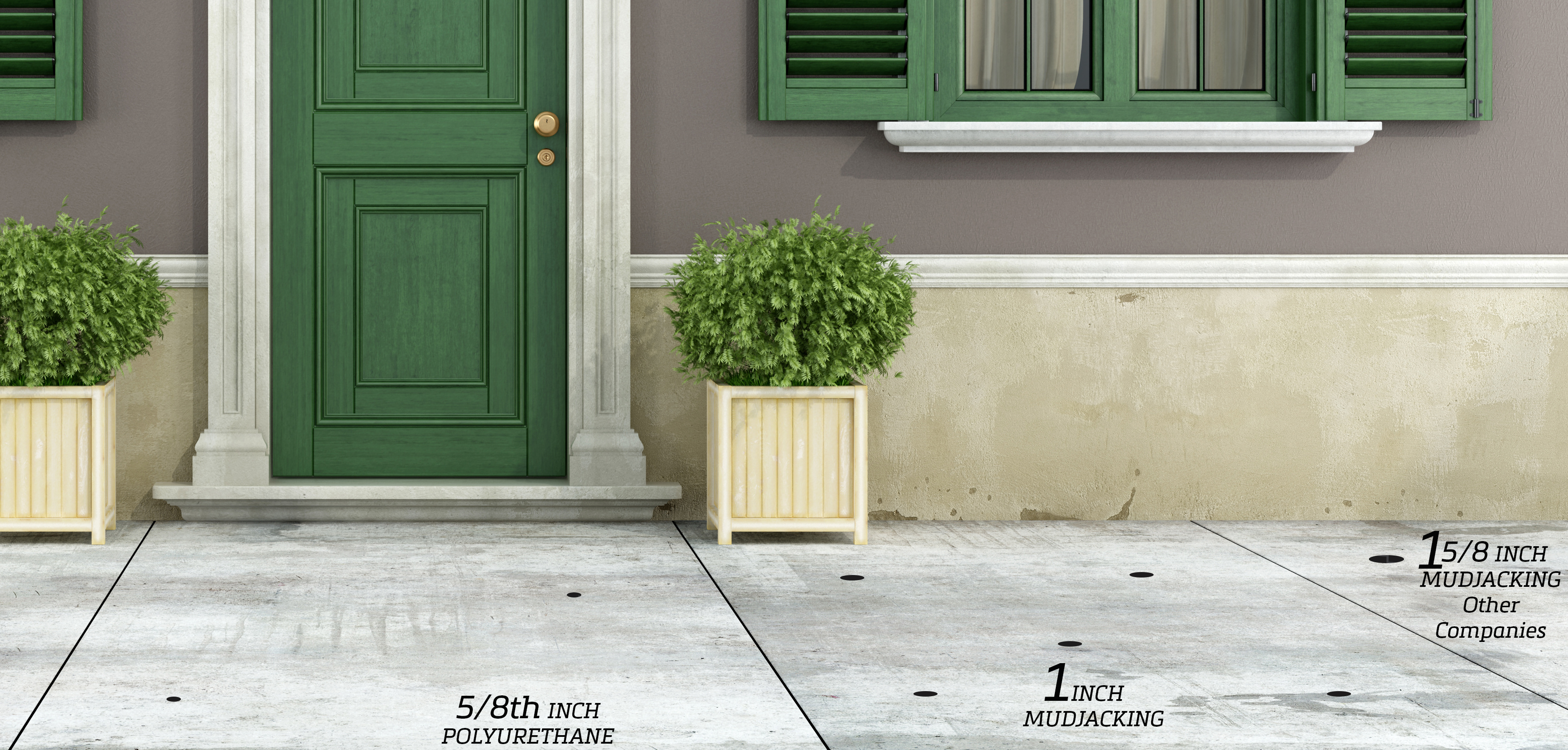
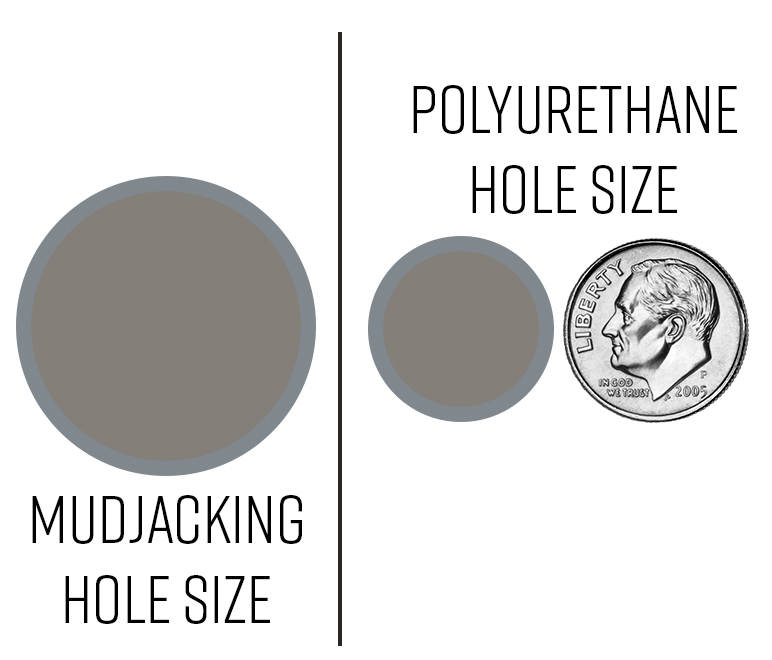
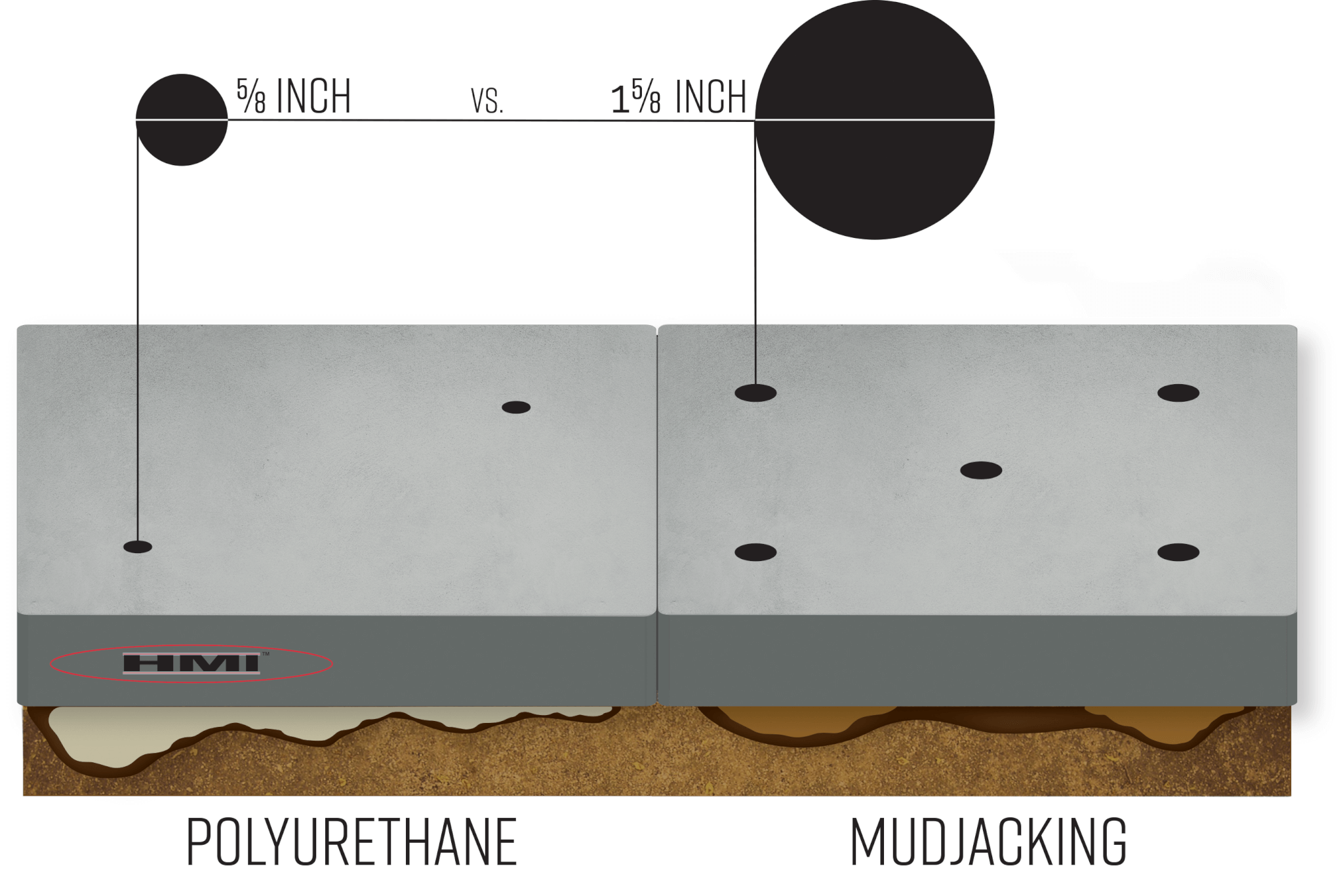
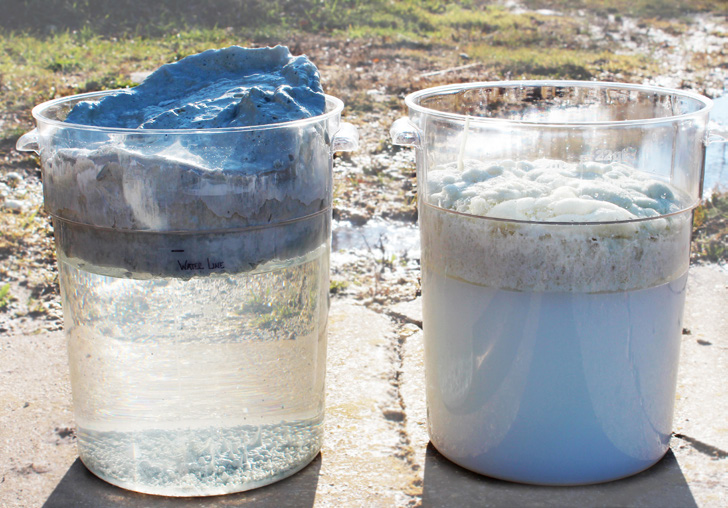
Why Our Foam?
We use HMI foams, the only company that makes slab raising polyurethane foams from recycled materials. Most other foams are petroleum based and eat into our planet's diminishing oil resources, but not ours! Not only do we use recycled material, but we also use biobased materials that keep our environment safe and make for an all-around stronger product. Unlike other foams on the market, ours won't leech chemicals into the groundwater. In fact, our foam is manufactured without the use of any of the toxic chemicals often associated with Polyurethane foam in its other applications. So you can rest easy knowing you've done your part to keep the environment safe when you choose our foams.
But it's not just safe, it's powerful! We have a variety of foams that are specifically designed for an array of applications from a small slab all the way up to a four-lane highway. Not only can we carry the weight but our Hydrophobic foams won't deform or shrink in the presence of water, meaning your slab will stay right where it's supposed to be. With such incredible design behind our work, we always have the right foam for even the toughest job!
What about Soil Stabilization?
Our Deep Foamjection products are designed with soil stabilization in mind. HMI has developed a Hydrofoam with a slower curing time that allows it to expand out like the roots of a tree binding the soil for better stabilization. If you'd like to learn more about soil stabilization follow the link below.
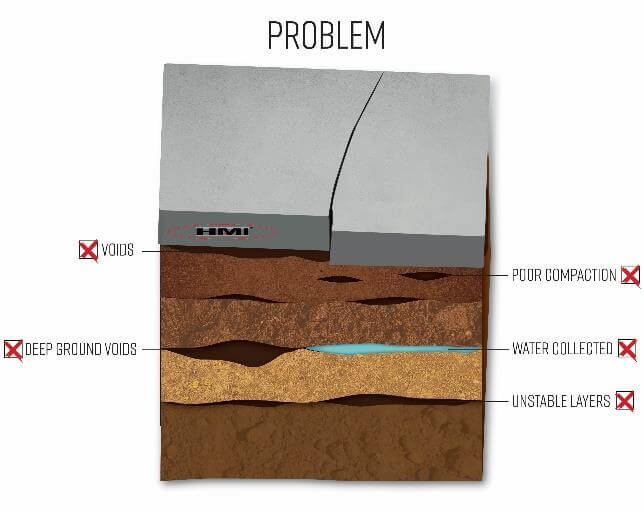
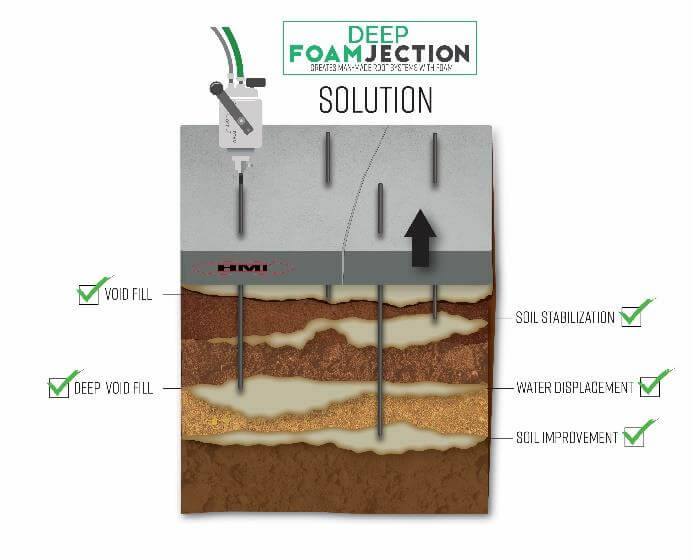
Polyurethane Soil Stabilization
Learn more about our Deep Foamjection services.
